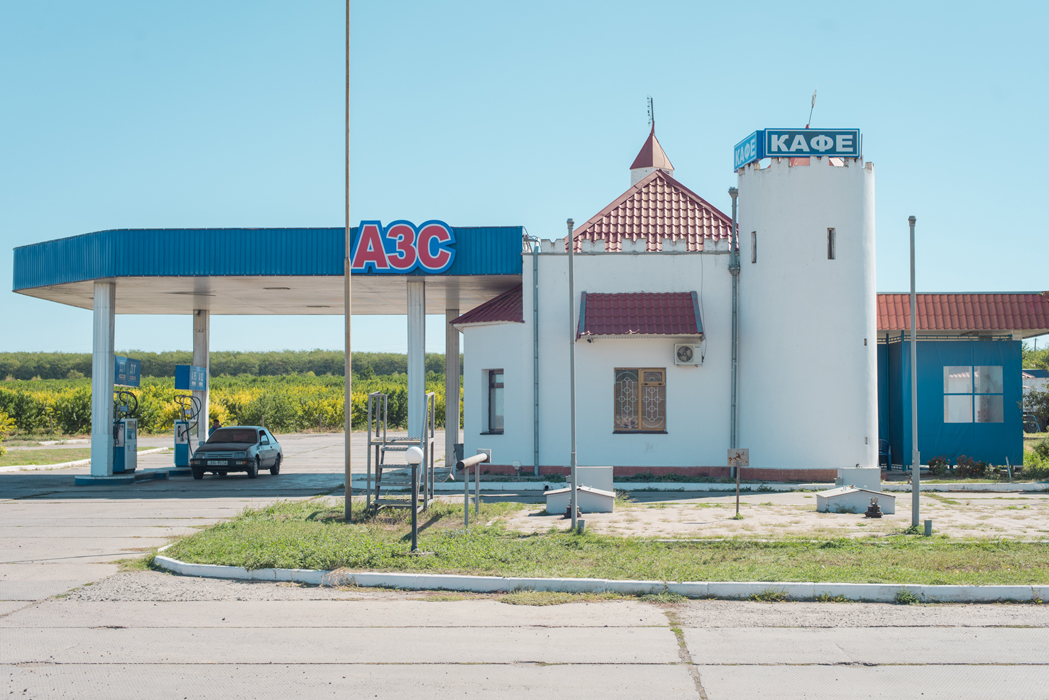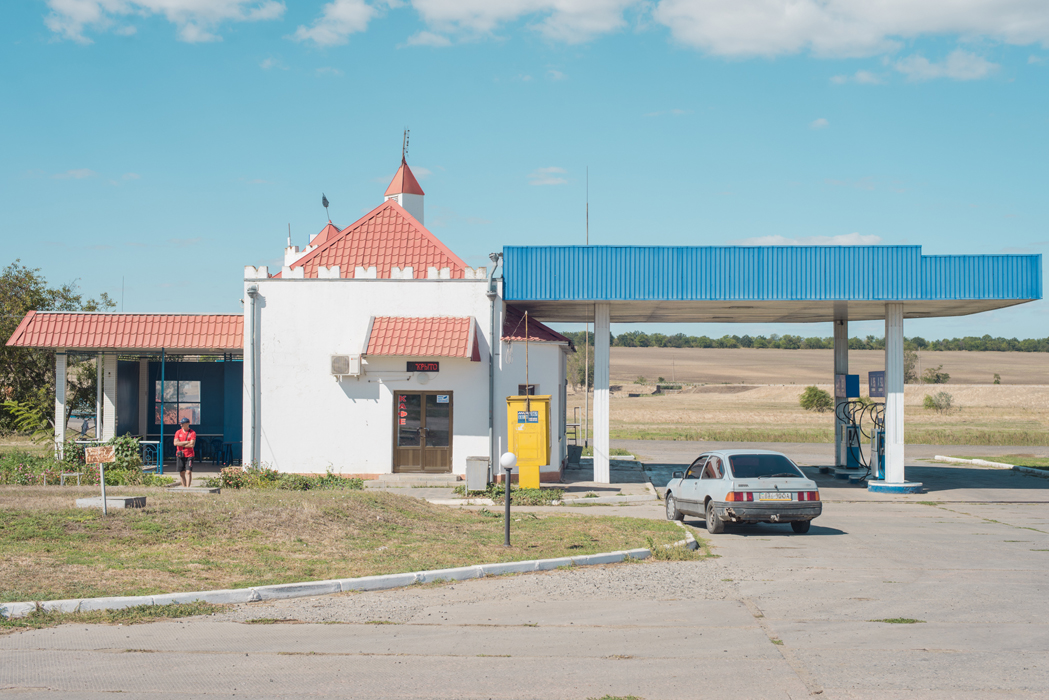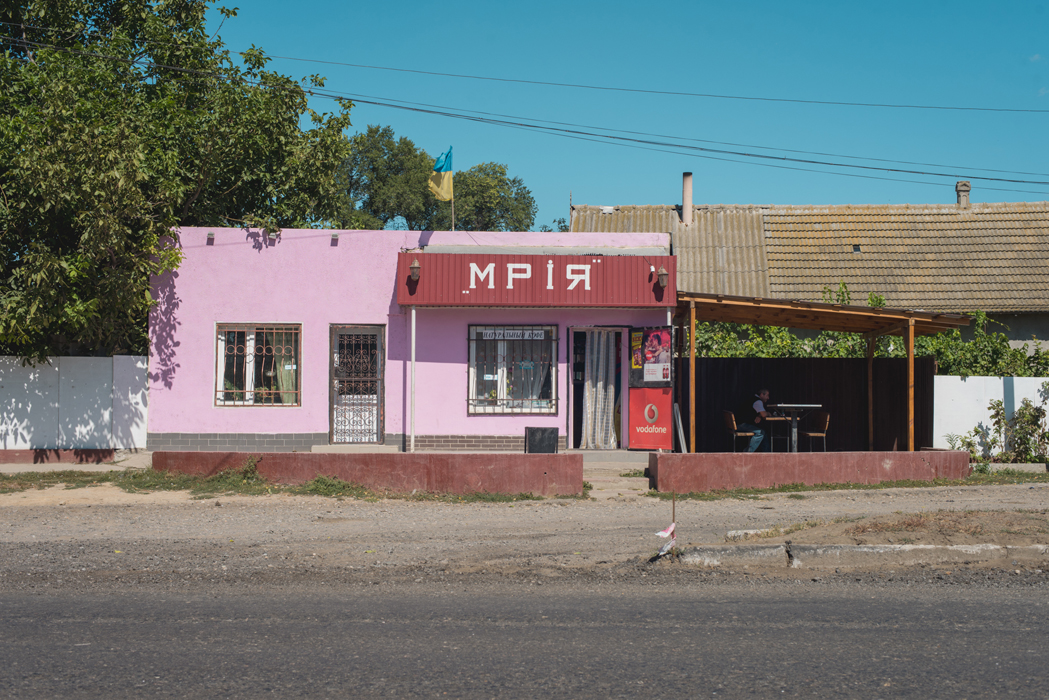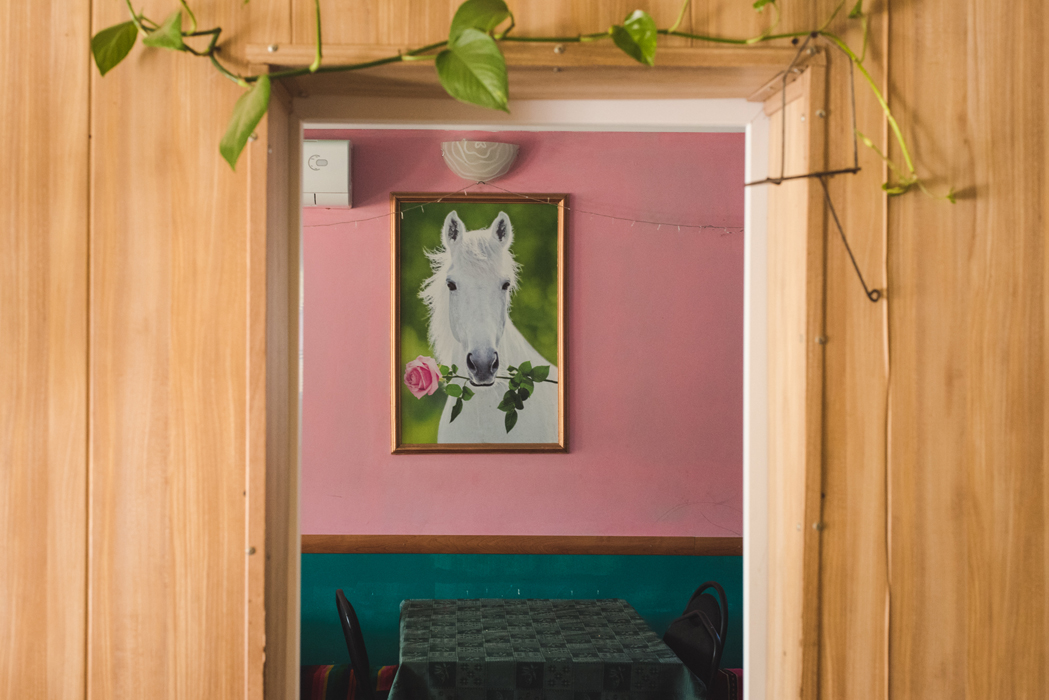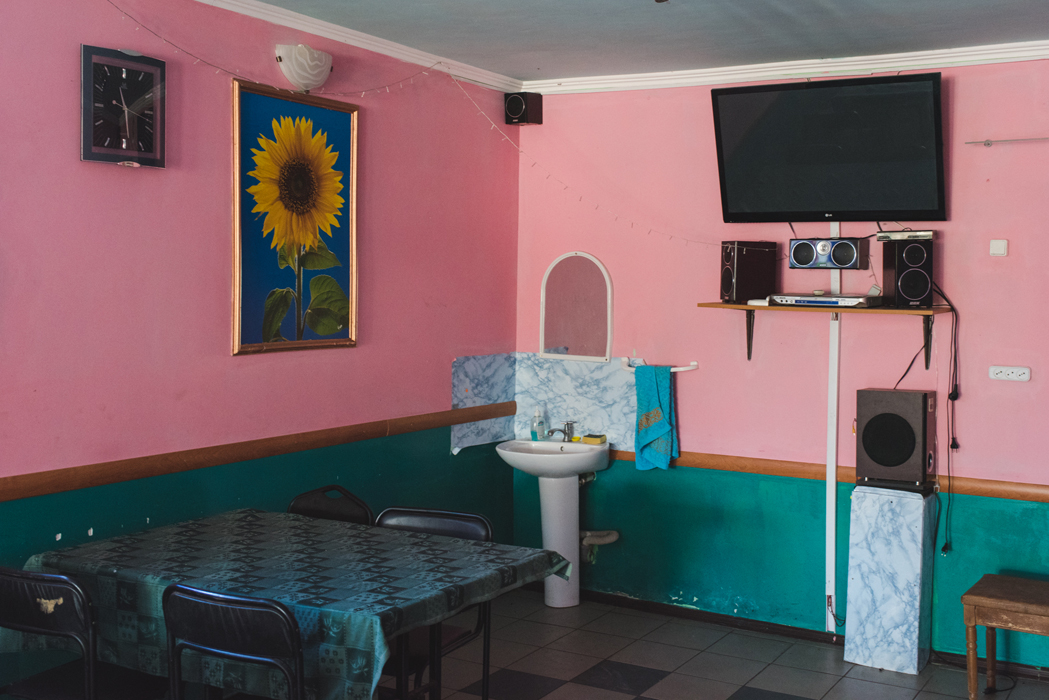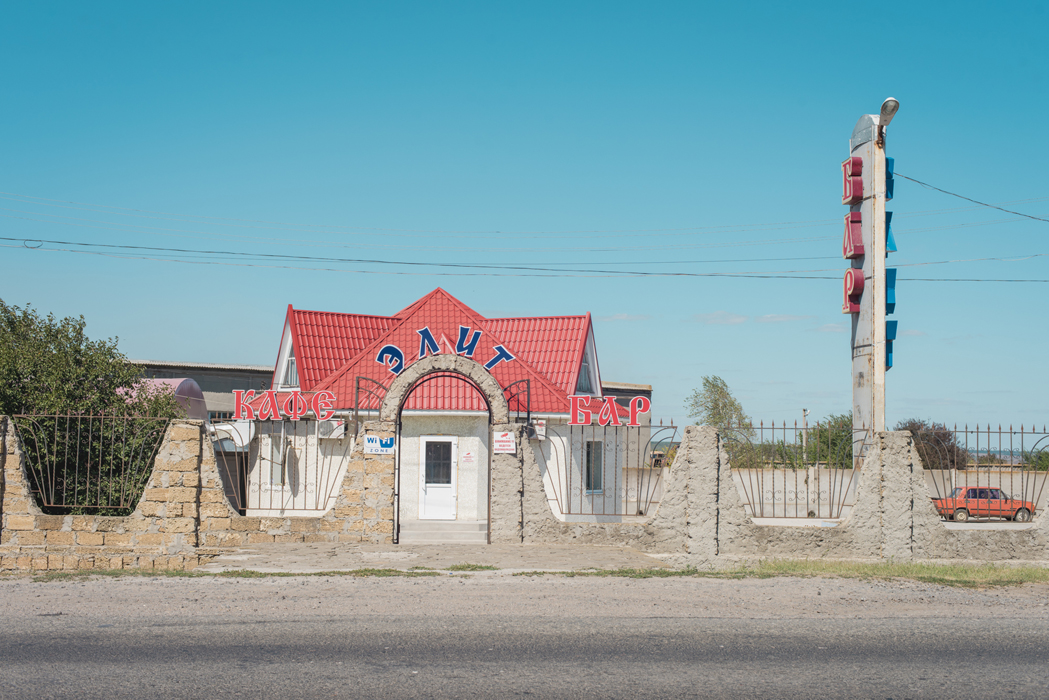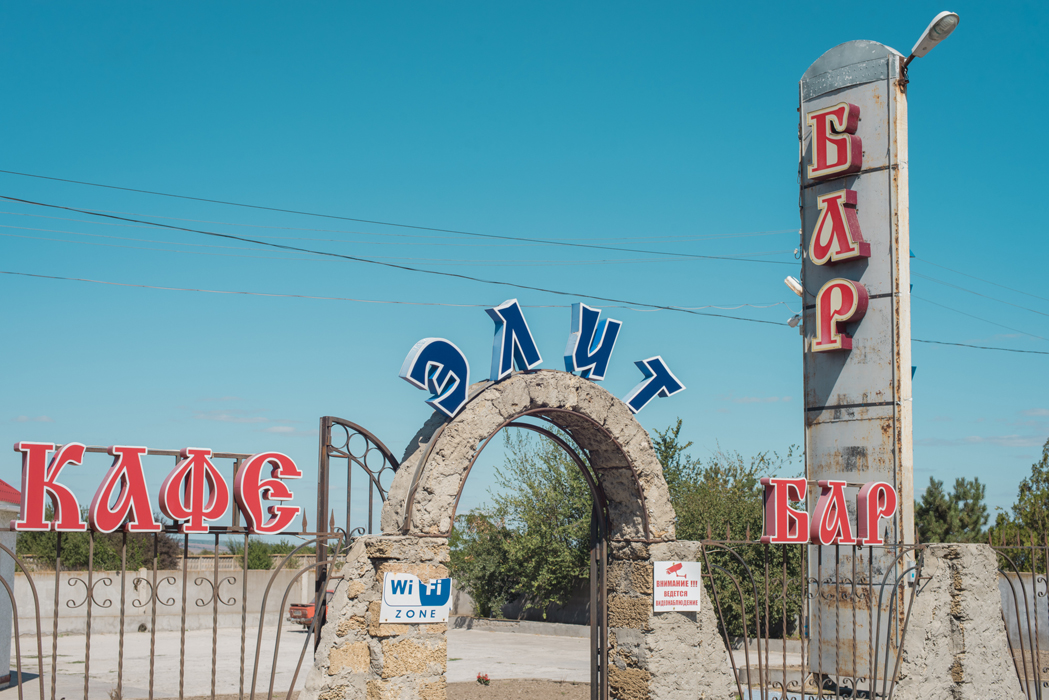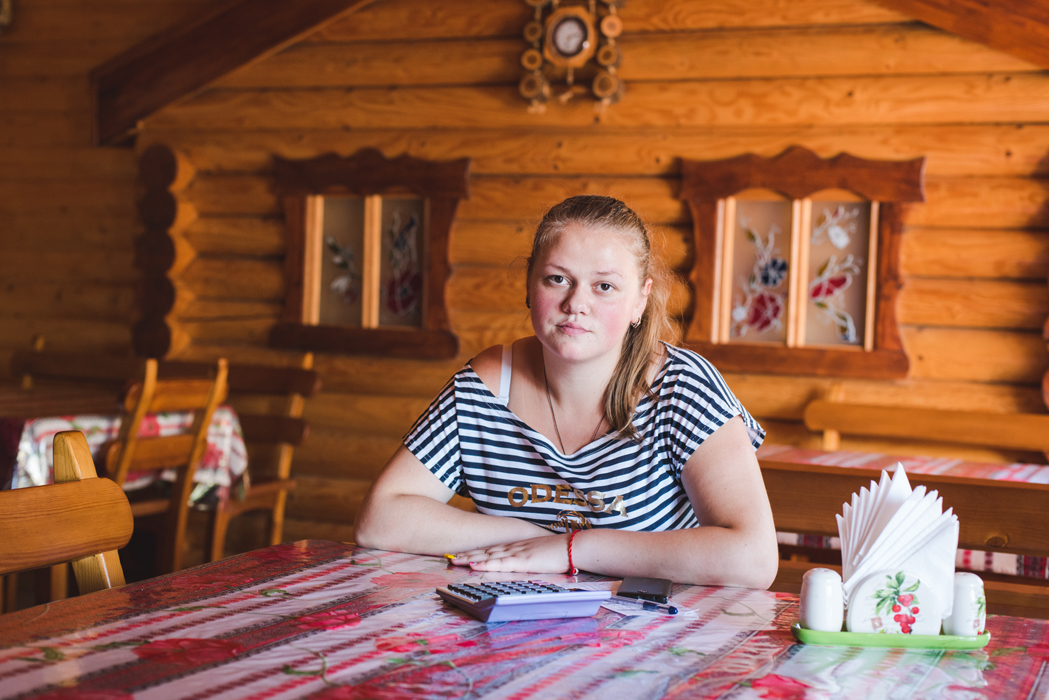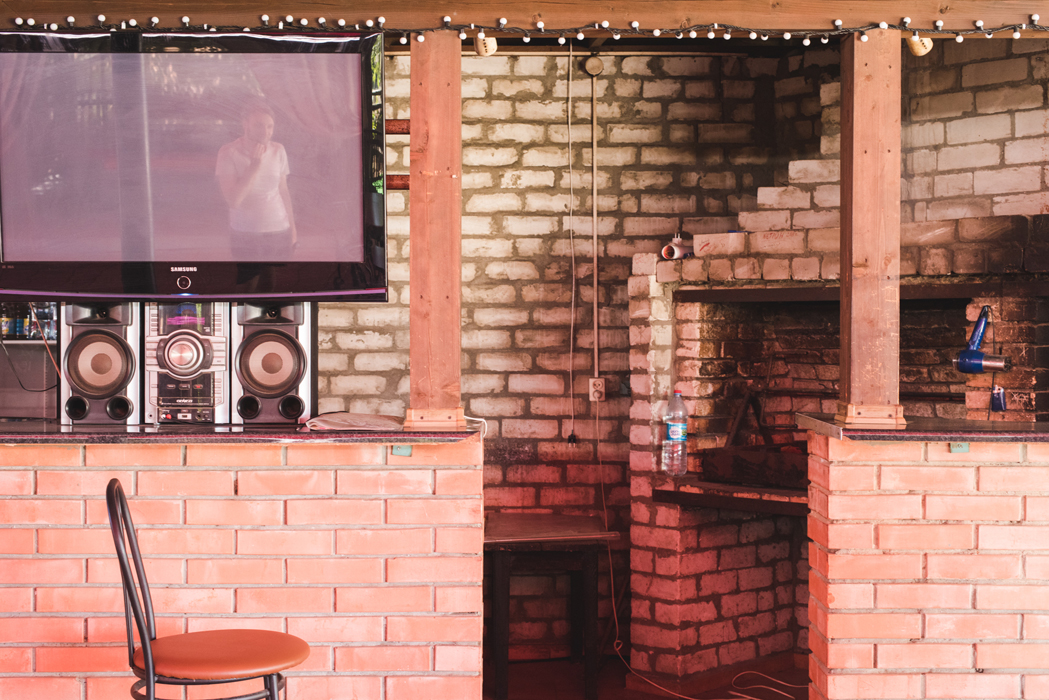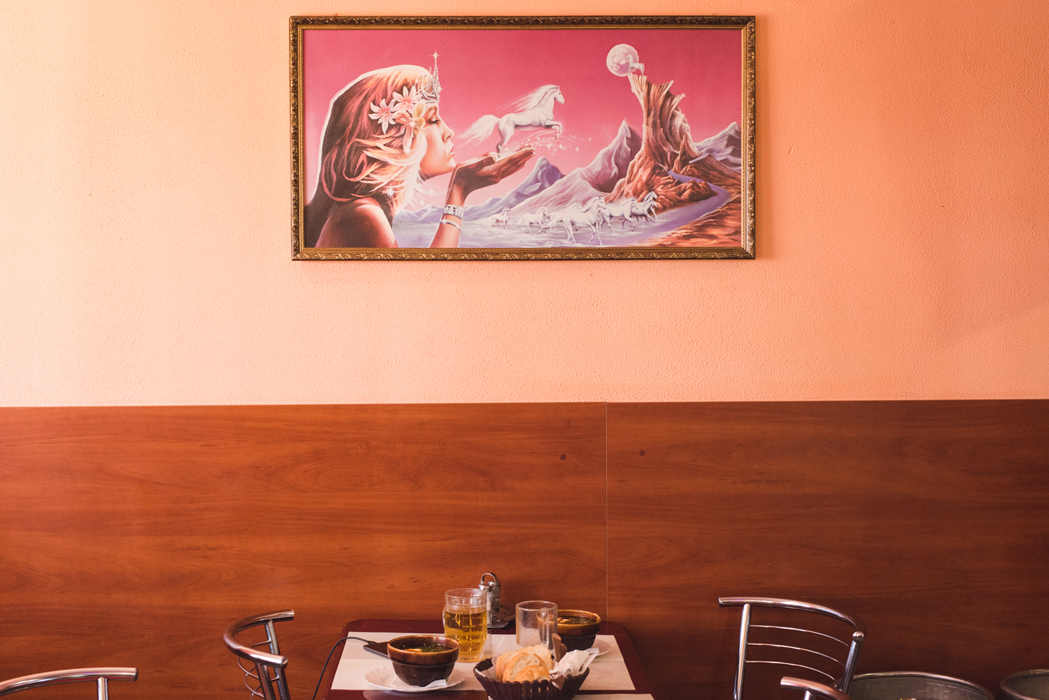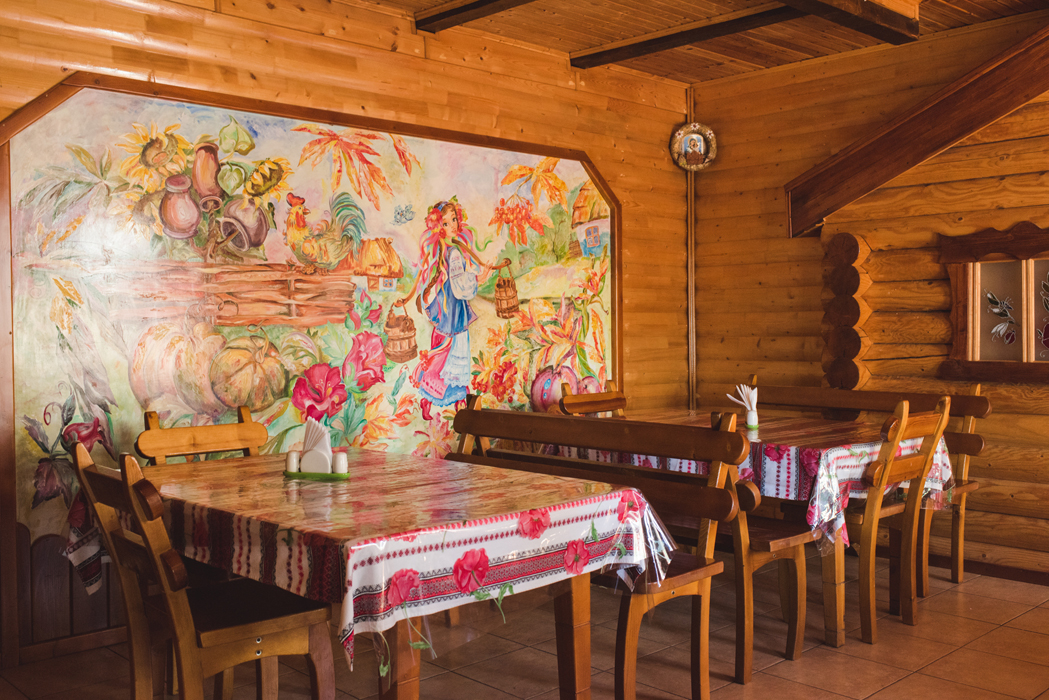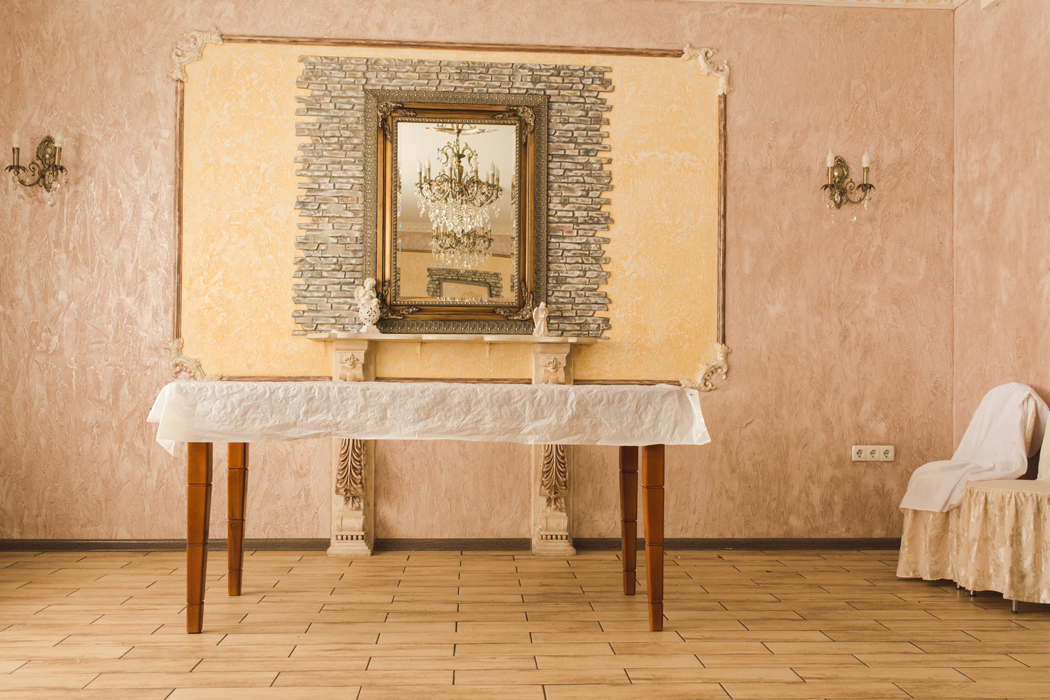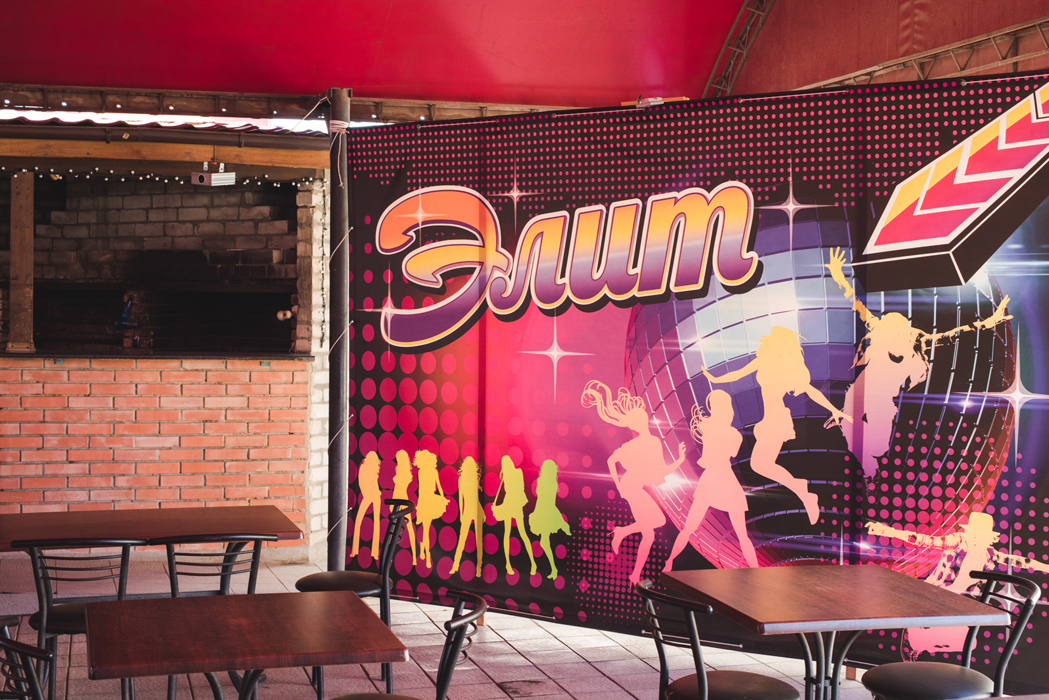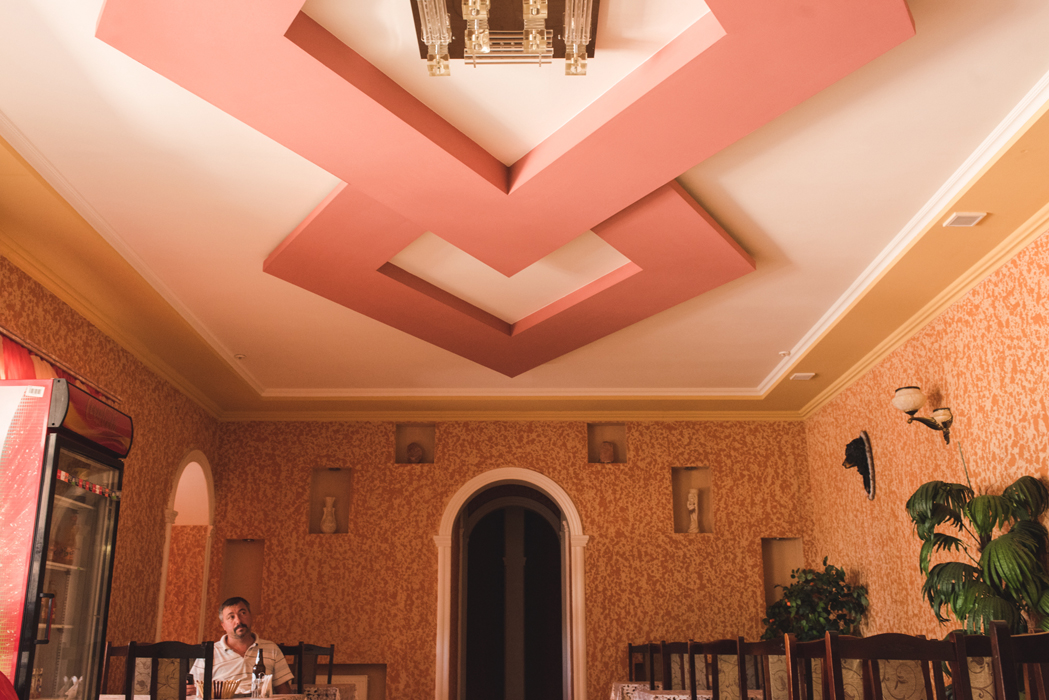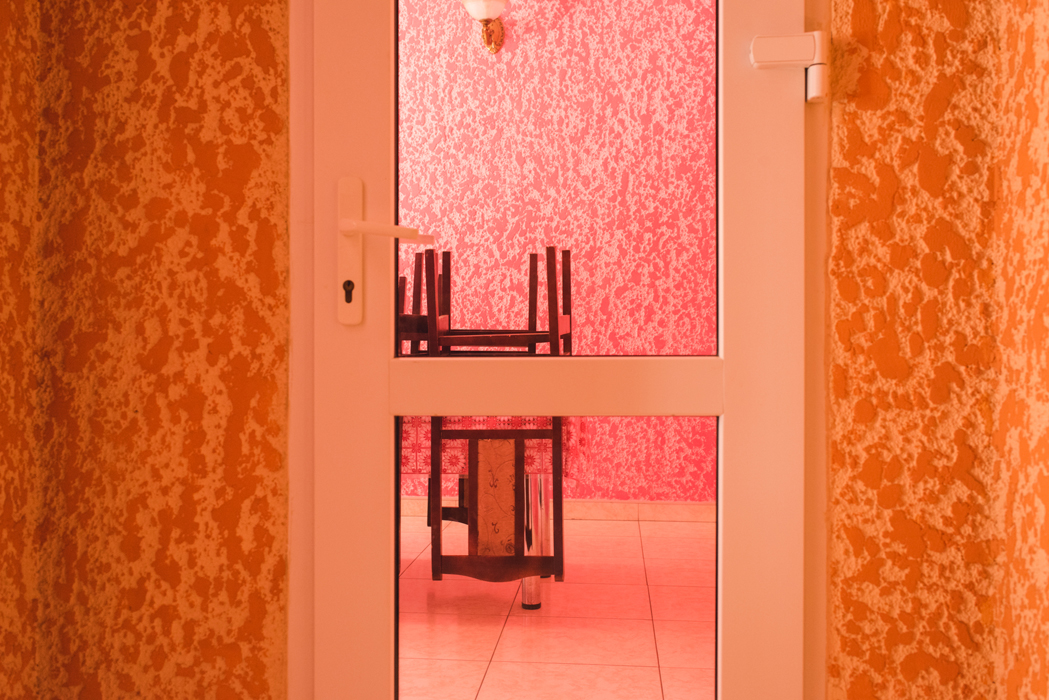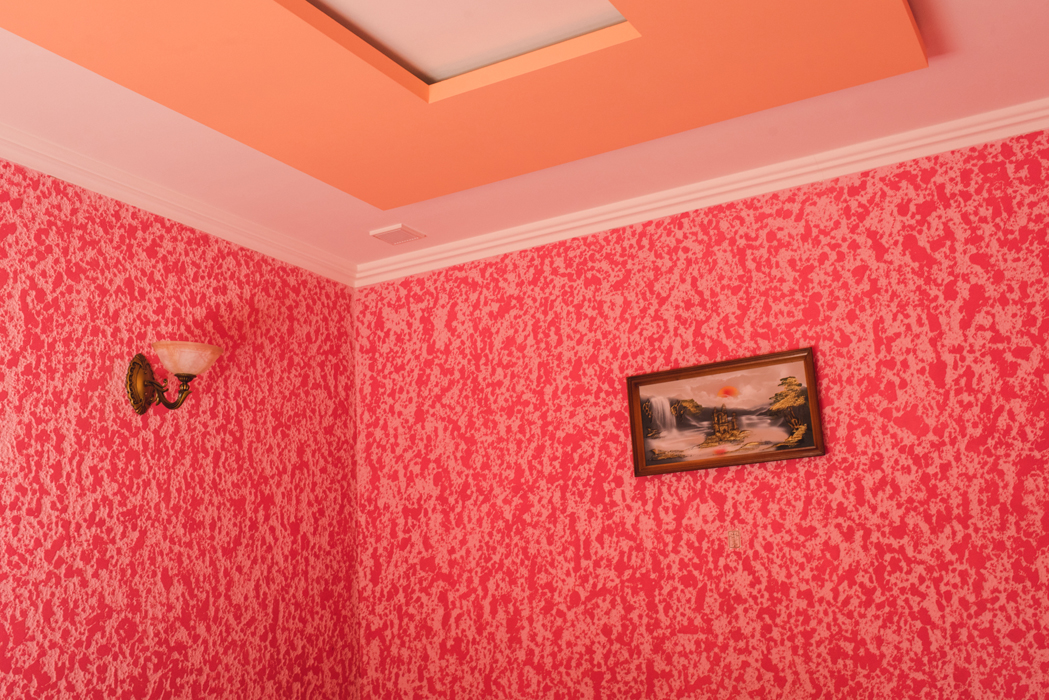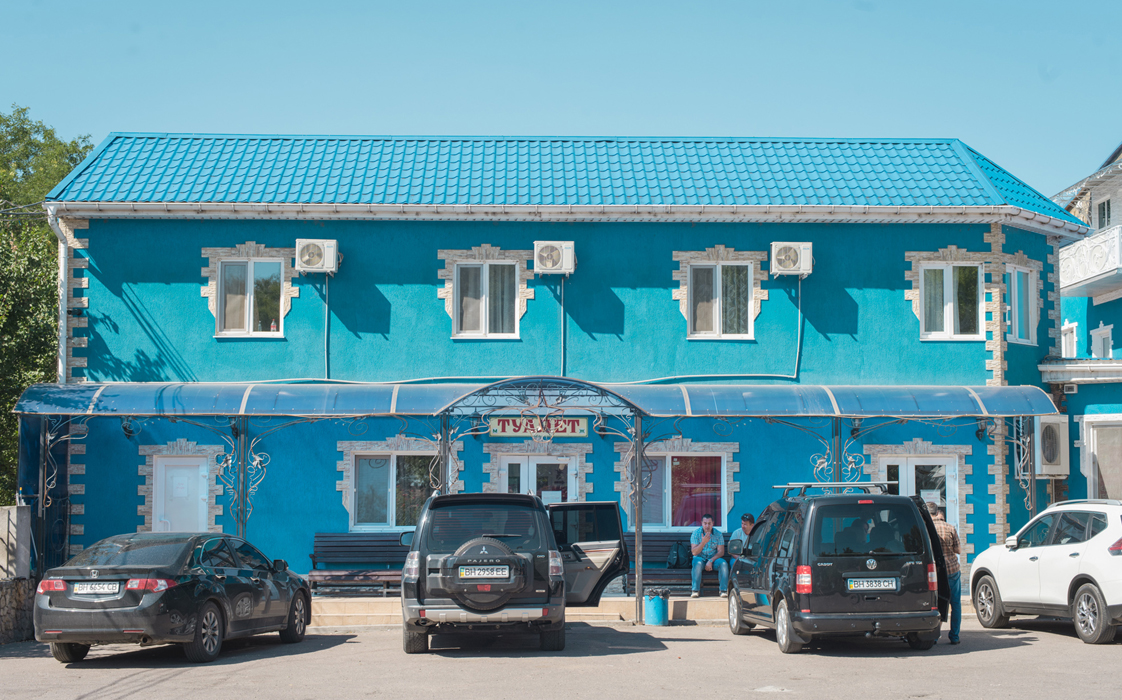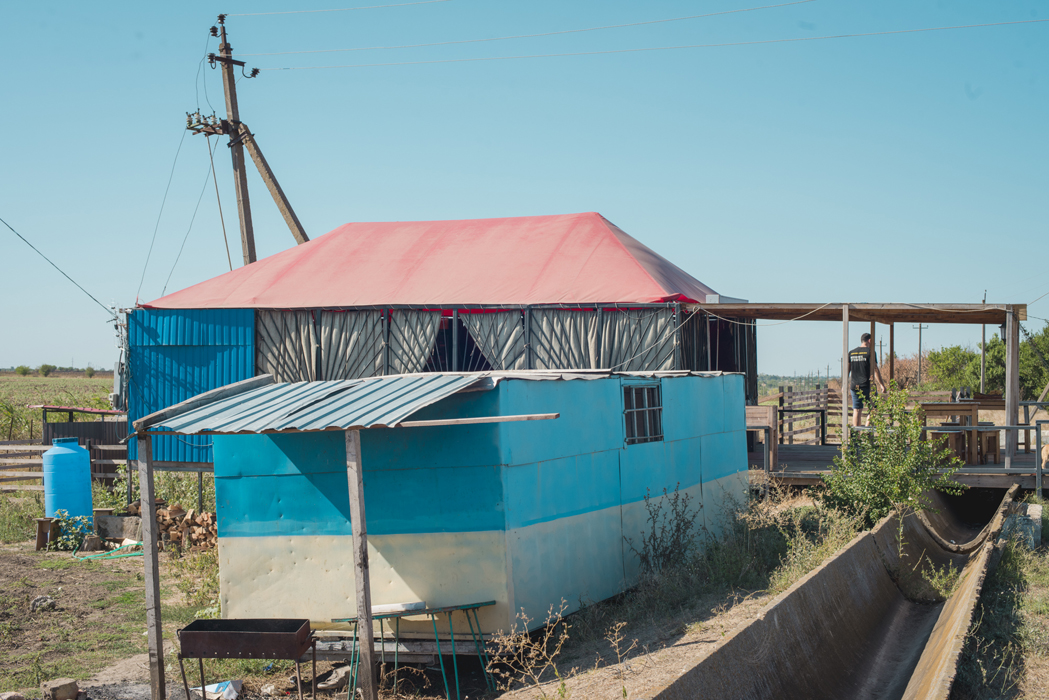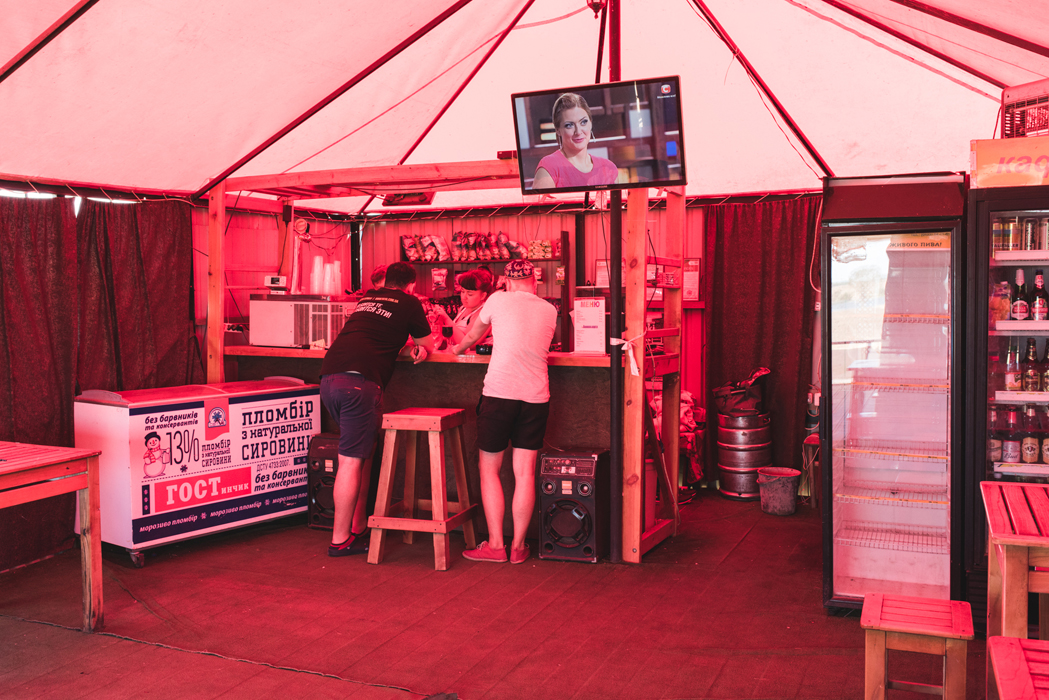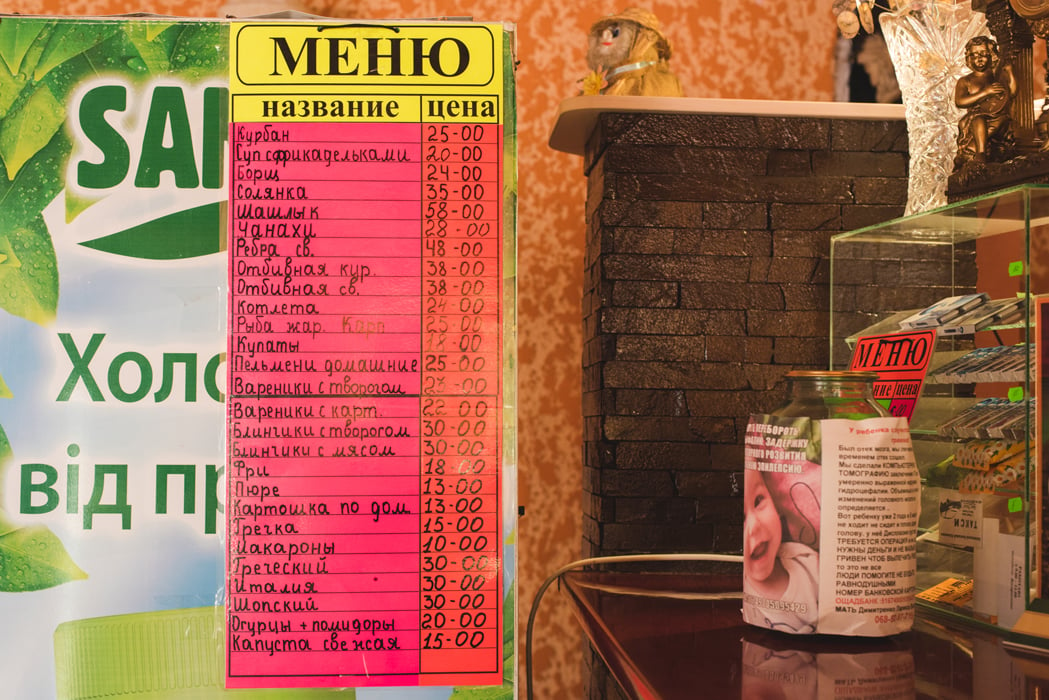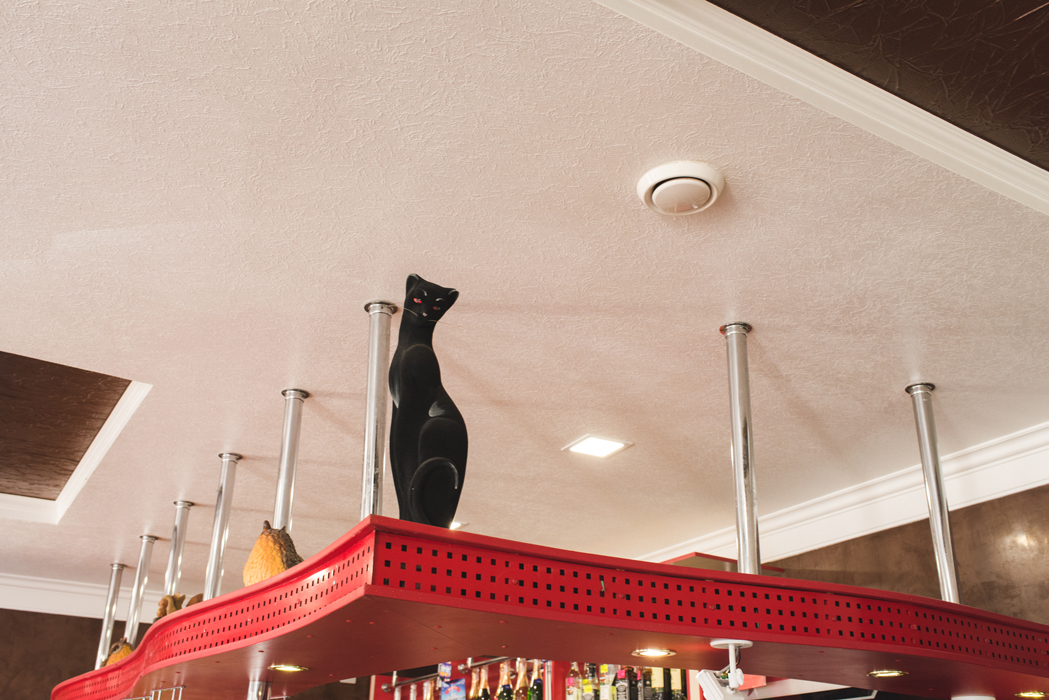Discover a lost roadside kingdom in southern Ukraine
Travellers worldwide have long been captivated by the irresistible romance of road trips. The open road, the landscape and the moving vehicle are undoubtedly the centre of the story — but at times whatever stays on the sidelines or in the rear view mirror becomes the point of focus. The roadside culture in film and photography has its own fragile mythology: the passing places meant to be seen out of the car window, cafes, gas stations and motels meant for a short pit stops on the way to greater adventure. Although the USA is home to the most iconic roadside imagery, today photographers are venturing into the unknown, mapping the roadside across the world. Last summer photographer Christopher Pugmire, alongside his collaborators Nikolai Karabinovych and Garry Kravits, travelled to Budjak, a semi-deserted area between Odessa, Moldova and Romania, to document a completely unseen roadside story.
“When Christopher came to Odessa we had the spontaneous idea to travel further south. At first we were thinking of going to the very south of the Odessa region but we got so carried away by the road itself that we spent the whole time documenting roadside life,” Karabinovych remembers. “We were interested in the highway connecting Odessa and Reni. It had been widely covered in the press and it was supposed to become a traffic artery which would bring tourists and lorries from Europe to Ukraine. To highlight the importance of this road Odessa’s former governor Mikheil Saakashvili even had a pop-up office in a tent and worked from the roadside. We didn’t have a particular route, we’d just stop at every cafe. Garry was the driver, I was communicating with the locals and location scouting, and Christopher was taking pictures. To me it felt a little bit like a Werner Herzog expedition.”
It soon became apparent that the area has its own unique atmosphere and character. “It was interesting to stop in villages and towns and meet the different kinds of people who live there, from Bulgarians to Russian Old Believers. The main thing that struck me about the cafes was the variety — from homemade shacks to huge concrete structures. I think there are similar structures all over the world wherever there are busy highways. For example, I saw similar structures in Azerbaijan, and also in Morocco”.
The surreal charm of the cafes — often newly-built, painted bright colours and decorated according to the owners’ idea of cosiness and comfort — was amplified by the fact that the road was clearly not busy enough to ensure steady business. “There is not much traffic, mostly locals who need to pay a visit to someone in a neighbouring village or get to the local centre,” says Karabinovych. The quiet roads created a feeling of distance from the rest of the world and made chance encounters with the locals seem like hidden treasures.
“The last cafe on our trip I thought was quite special,” Karabinovych recalls. “It was a one-storey temporary building and around were just vineyards and fields. The closest village is about 30 kilometres away. In the same place where the cafe is situated the road splits: one part goes on to Izmail and another one to a small town of old believers called Vilkovo. The owners of the cafe are from there. Every day they drive around 20 kilometres on a dirt road to open the cafe. We were given homemade wine, the people who worked there were a mother with teenage son who looked 14—15, when we entered they were watching a Ukrainian TV show.”
The story, however, goes deeper than just the documentation of the unseen roadside life on a dusty stretch of road. It also reflects the elusive spirit of the area and the transitional times it’s facing. “From ancient times this area was populated by nomadic tribes and for them the road served as the key notion. It is the land of anticipation where everything is seemingly quiet and waiting for resolution. It was very important to capture this feeling”, Karabinovych explains.
“The roadside cafes, the small island of small business, within the endless plains of the approaching capitalism. They haven’t lost their cosiness, and almost all of them were refurbished a few years ago. The idea of opening a cafe at the roadside which no one uses is completely utopian.”
